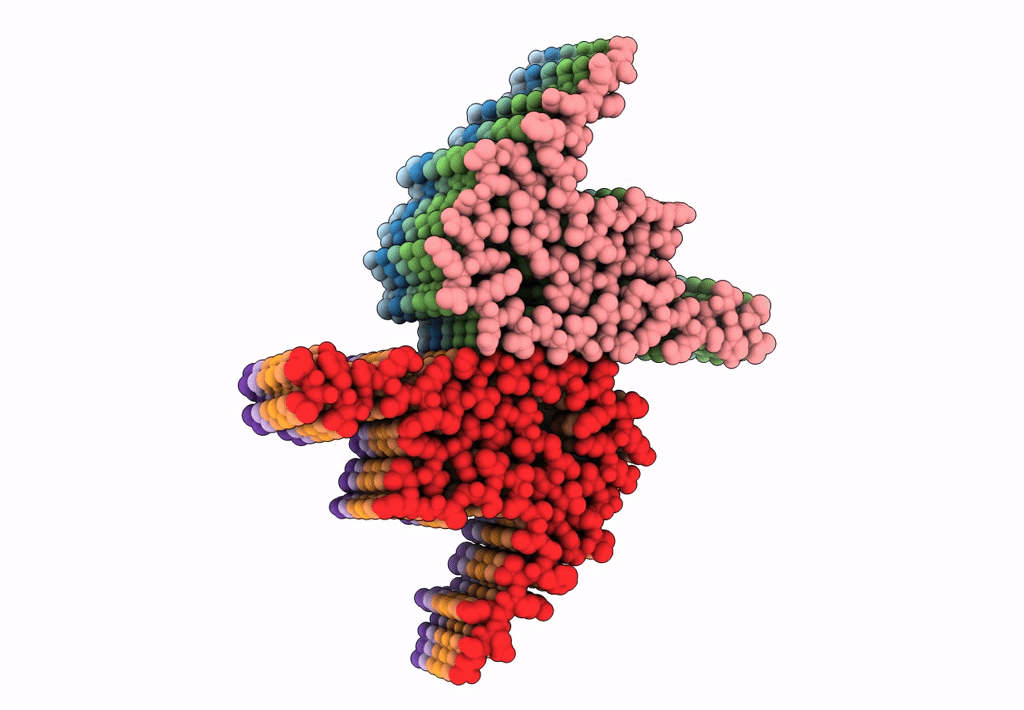
Deposition Date
2018-06-27
Release Date
2018-07-11
Last Version Date
2024-03-27
Method Details:
Experimental Method:
Resolution:
3.07 Å
Aggregation State:
FILAMENT
Reconstruction Method:
HELICAL


